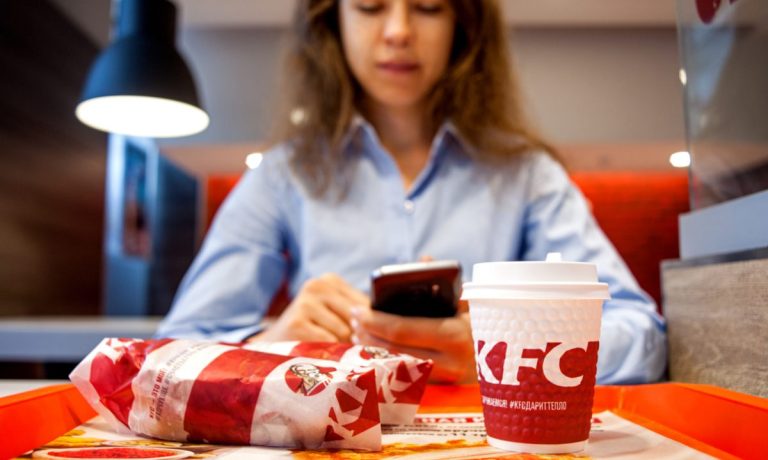Fast-Food Slowdown May Mean Steeper Promotions

It’s been a season of slowing sales for quick-service restaurants (QSRs).
That could mean these fast-food brands have to launch greater promotions to attract cost-conscious diners, Reuters noted in a Thursday (May 2) report.
“The lack of value offers has opened up consumers to shop for different options whether it be other [chains] or the grocery stores,” said Razmig Pounardjian, portfolio manager for Carnegie Investment Counsel, per the report.
Disposable income among U.S. consumers is on the wane, especially among lower-income households, the report said, while China’s slow economic recovery has placed pressure on QSR chains like Yum Brands, which owns KFC, Pizza Hut and Taco Bell.
Yum Brands’ earnings results, reported Wednesday (May 1), showed victory on at least one front: The company’s digital efforts now account for more than half its sales, close to $8 billion. However, overall sales fell, especially at Pizza Hut and KFC, which dropped 7% and 2%, respectively. Taco Bell enjoyed a modest increase of 1%.
“This pattern underscores broader trends affecting the fast-food industry, including fluctuating consumer spending habits,” PYMNTS wrote Wednesday. “The decrease in sales at Pizza Hut and KFC could be linked to a general reduction in discretionary spending, a sentiment echoed across the sector, including by peers like McDonald’s.”
Casual dining company Brinker International, owner of Chili’s and Maggiano’s, is attempting to capitalize on diner discontent with fast-food prices. CEO Kevin Hochman said Tuesday (April 30) during the company’s earnings call that its advertising efforts are focused on Chili’s value.
“We’re using fast food as a foil, mainly because everybody is familiar with the fast-food experience and the pricing,” Hochman said. “And so, it’s an easy foil to use for them to give you relative value. Casual dining is actually a different occasion than fast food.”
It’s not just restaurants seeing consumers pull back on fast-food spending. Packaged food company earnings have also shown weakened consumer spending, Reuters reported.
“Ongoing softness in U.S. biscuits is driven primarily by brands that had higher penetration among lower-income households such as Chips Ahoy,” said Mondelez Chief Financial Officer Luca Zaramella during its Tuesday earnings call.
And when Kraft Heinz reported its earnings Wednesday, CEO Carlos Abrams-Rivera noted “a clear pullback of restaurant spend by these lower-earning households, especially in restaurants and convenience stores.”
This pullback goes beyond just food sales. At her bank’s annual meeting this week, Citigroup CEO Jane Fraser said consumers are “healthy and resilient” but are also “more discerning in their spending patterns.” Citi reported spending growth by more affluent consumers, while people with lower credit scores are cutting back.
Data from PYMNTS Intelligence showed that splurging on nonessential items added to financial distress, a situation cited by 24% of millennials and 34%of Generation Z consumers.
“The wallet tightening may be a theme that resonates well beyond the ongoing earnings season,” PYMNTS wrote Wednesday.